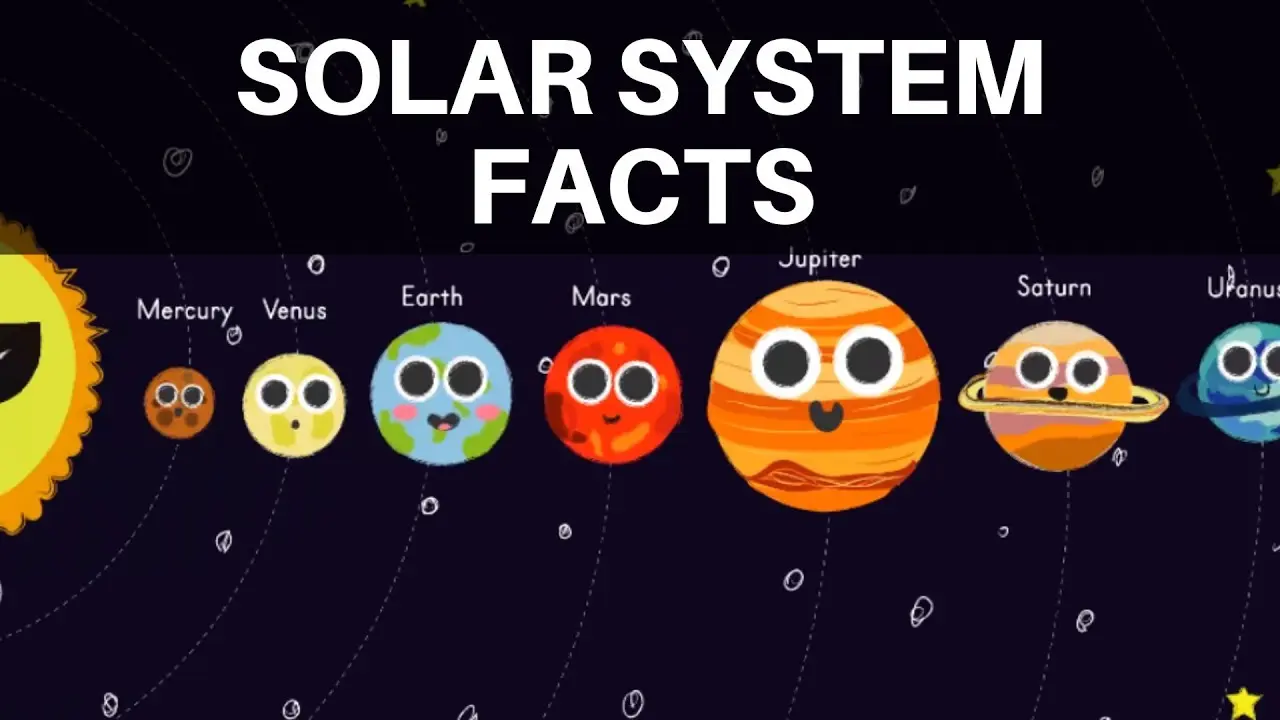
INTRODUCTION TO SOLAR SYSTEM
The solar system comprises the sun, planets, moons, asteroids, and comets, all bound by gravitational forces, orbiting around the sun. It originated from a solar nebula approximately 4.6 billion years ago. Its vastness extends beyond planets, incorporating various celestial objects, each playing a role in the system’s dynamics.
The solar system, our cosmic neighborhood, is an enchanting expanse filled with celestial marvels that captivate the imagination of both scientists and dreamers alike. From the blazing brilliance of the sun to the enigmatic depths of distant dwarf planets, each celestial body holds its allure and intrigue. In this blog, we embark on a cosmic journey to uncover some of the most fascinating and entertaining facts about our solar system, shedding light on its mysteries and wonders.
Here we will cover the top 10 fun facts about the solar system in our blog
1. THE SUN: OUR FIERY HEART
At the heart of the solar system lies the sun, a dazzling sphere of seething plasma and intense energy. It dominates the system, providing light, heat, and energy to all its planetary companions. But did you know that the sun is so massive that it contains over 99% of the total mass of the solar system? It’s a cosmic heavyweight, exerting its gravitational influence over everything within its reach.
2. THE PLANETS: A DIVERSE CAST OF CHARACTERS
The solar system boasts an impressive lineup of planets, each with its unique characteristics and quirks. From the scorching inferno of Mercury to the icy expanse of Neptune, these worlds offer a glimpse into the diverse tapestry of our cosmic neighborhood. Interestingly, the largest planet in the solar system, Jupiter, is so massive that it could fit over 1,300 Earths inside it!
3. MOONS: SILENT SENTRIES OF THE SKIES
While the planets may steal the spotlight, many of them are accompanied by a retinue of moons, silent sentries orbiting their parent worlds. These moons come in all shapes and sizes, from the massive Titan of Saturn to the tiny Phobos of Mars. Jupiter alone boasts a staggering 79 moons, each with its own story to tell.
4. ASTEROIDS AND COMETS: RELIES OF THE PAST
Beyond the planets and moons lie the remnants of the solar system’s formation—asteroids and comets. These ancient relics offer valuable insights into the early history of our cosmic neighborhood.
Some asteroids, like the dwarf planet Ceres, reside in the asteroid belt between Mars and Jupiter, while others, known as near-earth asteroids, pose potential hazards to our planet. Comets, on the other hand, are icy wanderers who journey through the depths of space, leaving spectacular trails of gas and dust in their wake.
5. Dwarf Planets: The Underdogs of the Solar System
In addition to the eight recognized planets, the solar system is also home to a host of dwarf planets—smaller, but no less fascinating worlds. Pluto, once considered the ninth planet, was reclassified as a dwarf planet in 2006, sparking a debate that continues to this day. Other notable dwarf planets include Eris, Haumea, and Makemake, each offering new insights into the diversity of our cosmic neighborhood.
Recommended Reading: Top Tech News of 2023
6. THE KUIPER BELT: GATEWAY TO THE OUTER REACHES
Beyond the orbit of Neptune lies the Kuiper Belt, a vast region filled with icy bodies and dwarf planets. This remote realm holds clues to the formation of the solar system and the origins of comets. It’s also home to some of the most distant objects ever observed, including the enigmatic dwarf planet Sedna, which takes over 10,000 years to complete a single orbit around the sun.
7. SPACE EXPLORATION: UNVEILING THE MYSTERIES
Want to Introduce Kids to the Solar System? Stimulate Interest Via Books by connecting real scientific milestones to engaging stories. Humanity’s quest to explore the cosmos has led to some remarkable discoveries within our own solar system. From the historic Apollo missions to the Moon to the ongoing exploration of Mars and beyond, we continue to push the boundaries of knowledge and understanding. In recent years, robotic probes like NASA’s Juno spacecraft and the European Space Agency’s Rosetta mission have provided unprecedented insights into the mysteries of our cosmic neighborhood—making these achievements perfect inspiration for educational books that spark curiosity in young minds
8. THE SEARCH FOR LIFE: ARE WE ALONE?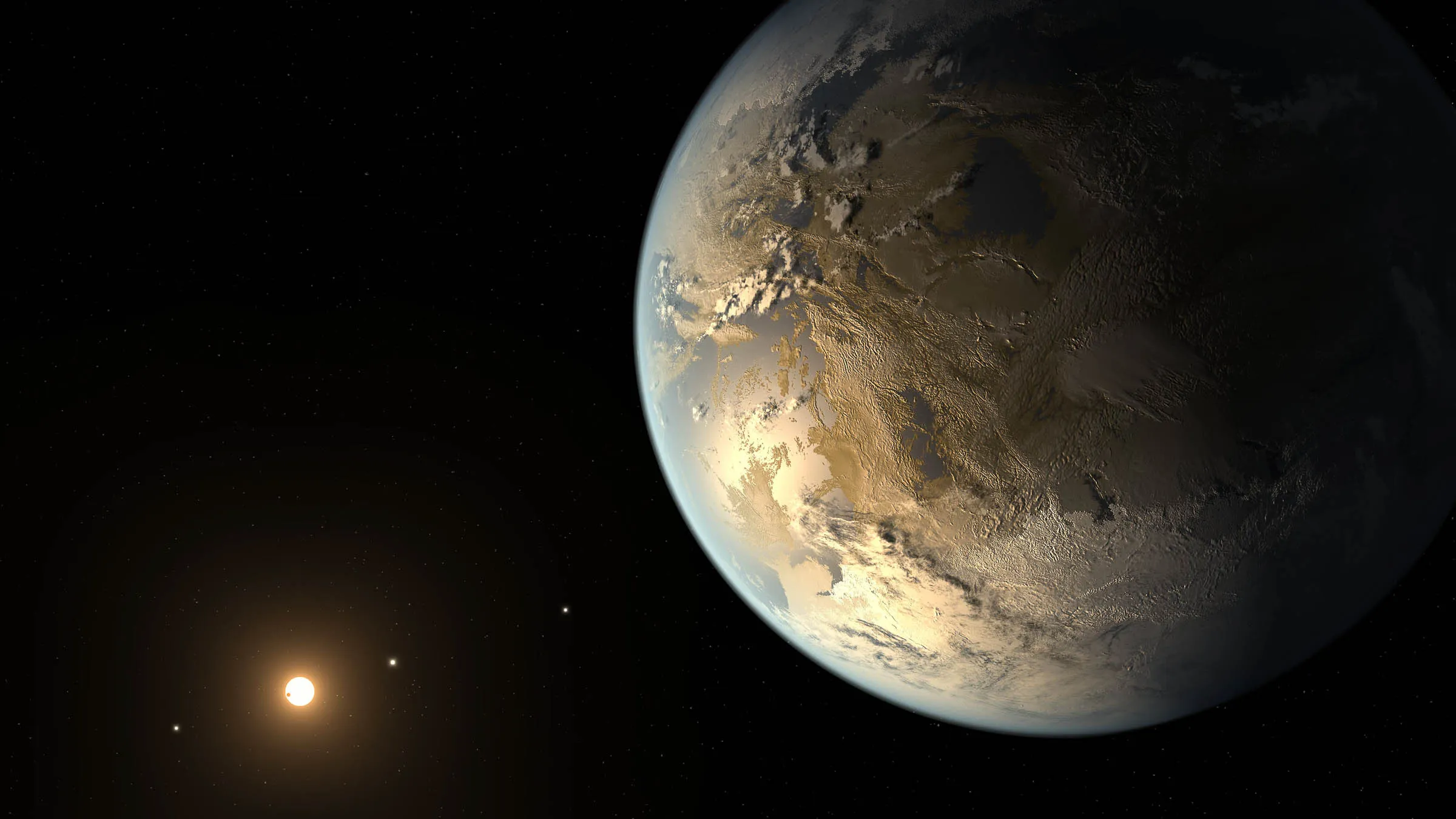
One of the most profound questions we ask about the solar system is whether we are alone in the universe. While the search for extraterrestrial life remains ongoing, recent discoveries have revealed tantalizing hints that we may not be alone. Mars with its ancient riverbeds and polar ice caps is a prime candidate for past or present life while the subsurface oceans of moons like Europa and Enceladus offer potential habitats for microbial life.
9. COSMIC COLLISIONS: A CHAOTIC HISTORY
Throughout its history, the solar system has been shaped by a series of cosmic collisions and cataclysmic events. From the violent impacts that formed the moon to the extinction-level events that reshaped life on earth, these collisions have left their mark on every corner of our cosmic neighborhood. Today, astronomers continue to study the remnants of these collisions, providing valuable insights into the violent history of our solar system.
10. THE FUTURE OF EXPLORATION: BEYOND OUR HORIZON
As we gaze out into the vastness of space, we can’t help but wonder what lies beyond the horizon. The future of exploration holds countless possibilities, from manned missions to Mars to robotic probes sent to the outer reaches of the solar system and beyond. With each new discovery, we inch closer to unlocking the secrets of the cosmos and understanding our place within it.
CONCLUSION
The solar system is a vast and wondrous place, filled with mysteries waiting to be uncovered. From the blazing brilliance of the sun to the icy depths of the outer reaches, each celestial body offers a glimpse into the cosmic dance of creation and destruction. As we continue to explore and discover, we gain a deeper appreciation for the beauty and complexity of our cosmic neighborhood, reminding us of the infinite wonders that await us in the cosmos.
Moonpreneur is on a mission to disrupt traditional education and future-proof the next generation with holistic learning solutions. Its Innovator Program is building tomorrow’s workforce by training students in AI/ML, Robotics, Coding, IoT, and Apps, enabling entrepreneurship through experiential learning.




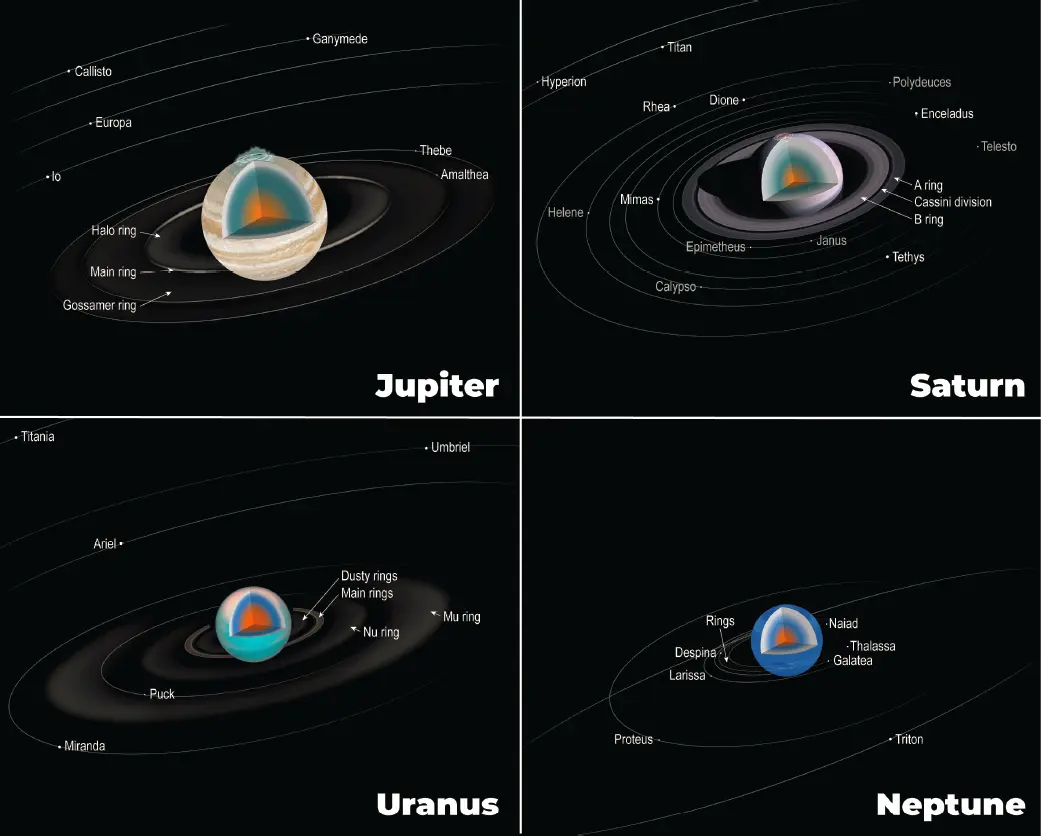

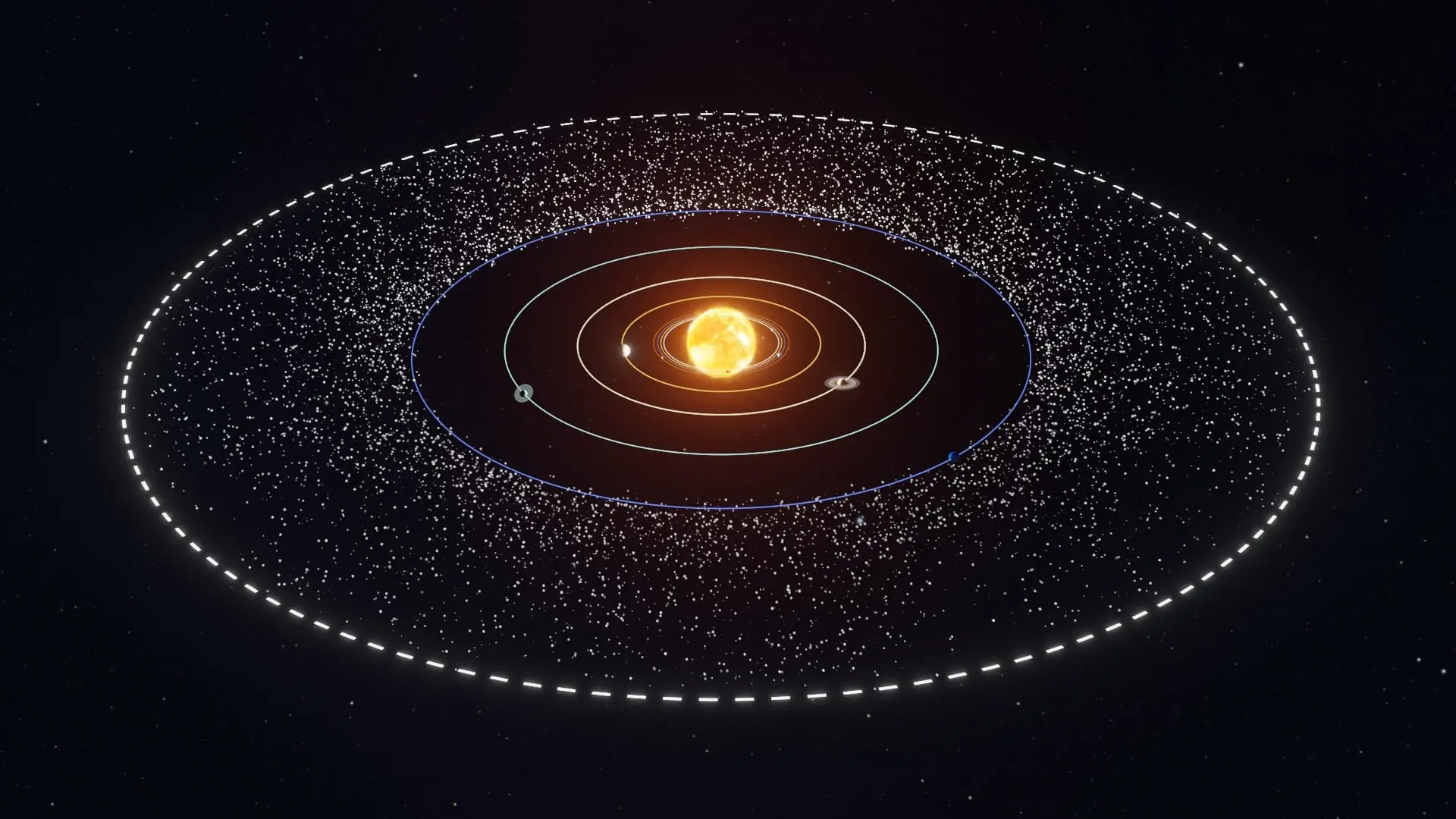
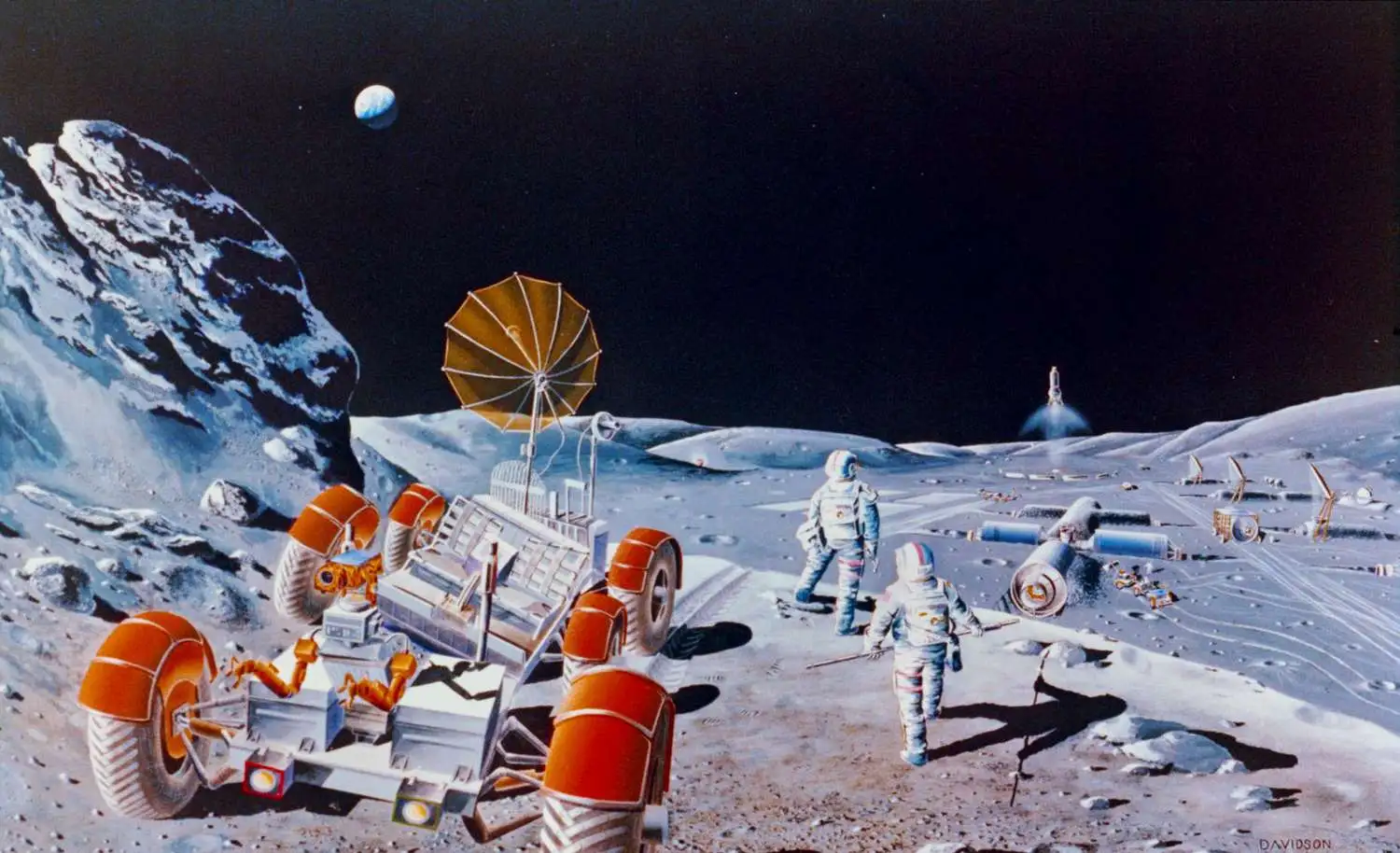






















thank for the fact